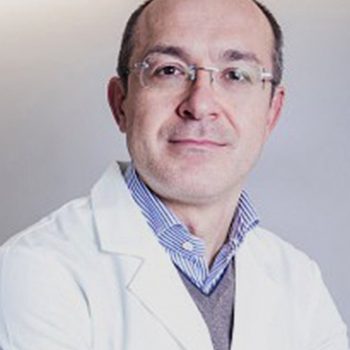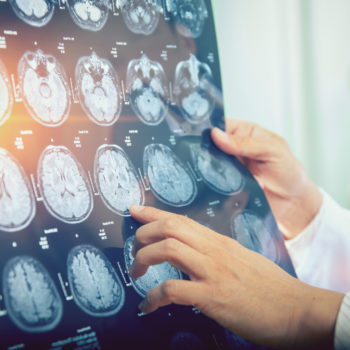About 80% of the plant remedies used in popular medicine between the 19th and 20th centuries have components that can counteract the mechanisms behind headaches. This is what emerges from a study by the Institute for Agricultural and Forestry Systems of the Mediterranean and the Institute of Neurological Sciences of the CNR that analyzed the therapeutic properties of the main substances extracted from plants and used to combat headache. On the basis of current pharmacological knowledge, it has been found that 40% of plants traditionally used as headache remedies have been in use for about 2,000 years. We talk about this topic with Dr. Vincenzo Tullo, neurologist specialist and head of the headache clinic at Humanitas
The research published in the Journal of Ethnopharmacology
The research was published in the Journal of Ethnopharmacology and, as explained by the Institute for Agricultural and Forestry Systems of the Mediterranean (Isafom-CNR), it highlights how most of the plants used in the past have secondary metabolites (organic compounds that do not have a direct function on the growth and development of plants) with anti-inflammatory and analgesic action and in any case they are able to counteract the mechanisms considered at the base of the main forms of headaches. “Organic components such as flavonoids, terpenoids, phenylpropanoids seem to be able to block, in vivo, the chemical mediators involved in the onset of headaches – explained Giuseppe Tagarelli, researcher at the Institute for Agricultural and Forestry Systems of the Mediterranean. For example, the diterpenes extracted from sunflower, elderberry and mugwort act on guinea pigs as NSAIDs, non-steroidal anti-inflammatory agents that are usually taken against headaches, as well as to reduce the inflammatory state in joints, rheumatological and musculoskeletal diseases. These secondary metabolites are in fact able to stop the production of enzymes that favor the biosynthesis of prostaglandins, mediators of inflammation.
A wealth of empirical knowledge between past and present
The study also revealed that about 42% of the plants used by Italian folk medicine for the treatment of headache were already in use in the period between the fifth century BC and the second century AD. In fact, texts by Hippocrates, Pliny the Elder, Dioscorides, Galen and Sammonic Ireneus bear witness to this.
The researcher Youyou Tu, Nobel Prize in Medicine in 2015, has ‘rediscovered’ the artemisin, extracted from Artemisia annua, a plant historically used by traditional Chinese medicine for the treatment of malaria and now considered the most effective molecule to heal this parasite.
In headache care, past and present seem to be interwoven with interesting perspectives on which new research may bring to light new chapters.
Help from magnesium
“People suffering from headaches (such as migraine and tension headache), the supplementation of some natural substances classified as “supplements” is useful to reduce the frequency and intensity of headache seizures – commented Dr. Tullo. Magnesium supplementation is especially useful in menstrual migraine and in childhood. The intake of this mineral can be expressed by feeding on foods such as cocoa, dried fruit, fish, legumes, green leafy vegetables, and whole grains. Other substances useful for headaches are: propolis, turmeric, ginger, ginseng, ginkgo biloba, partridge, cinnamon and kudzu. It is always advisable, however, that the patient initially undergoes a specialist medical examination to frame the type of headache and then start the integration with these substances.








